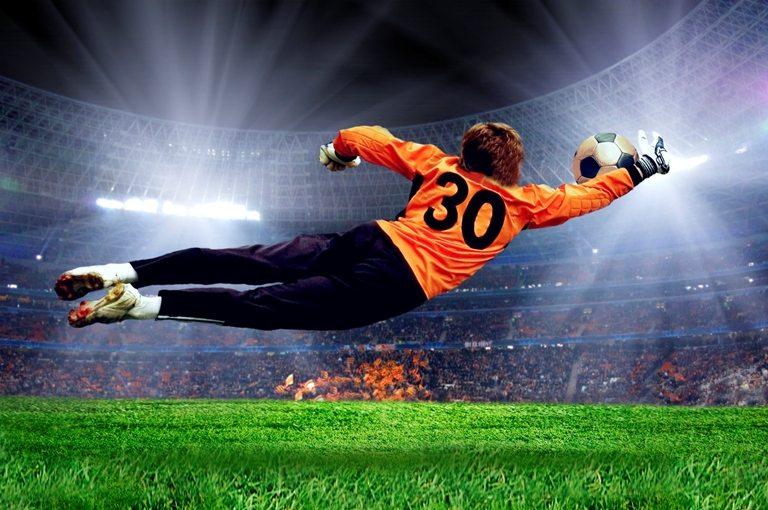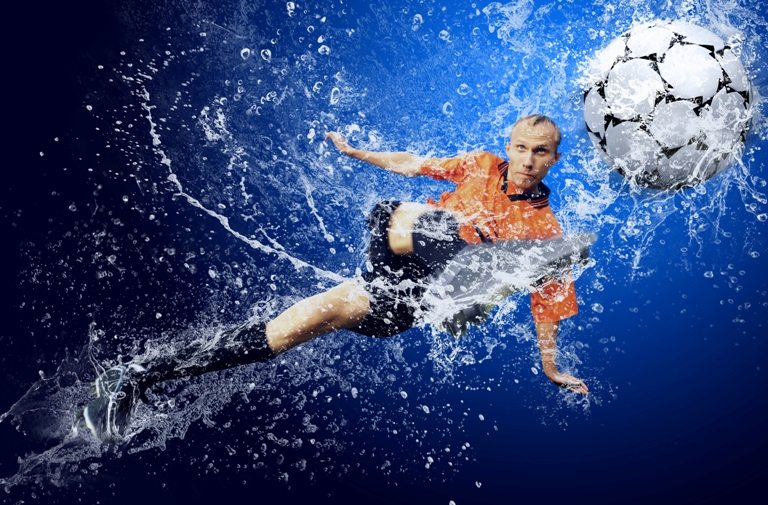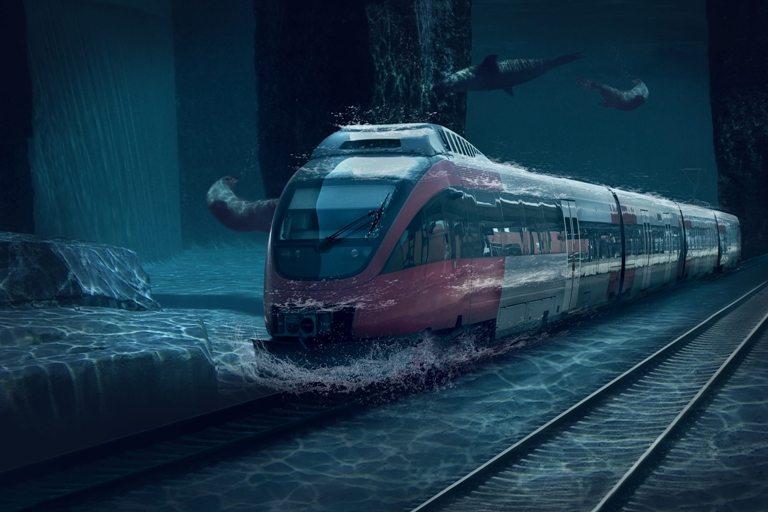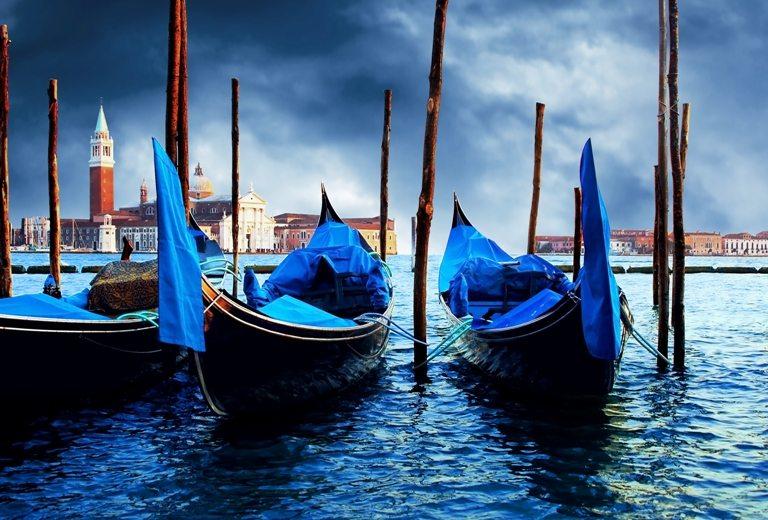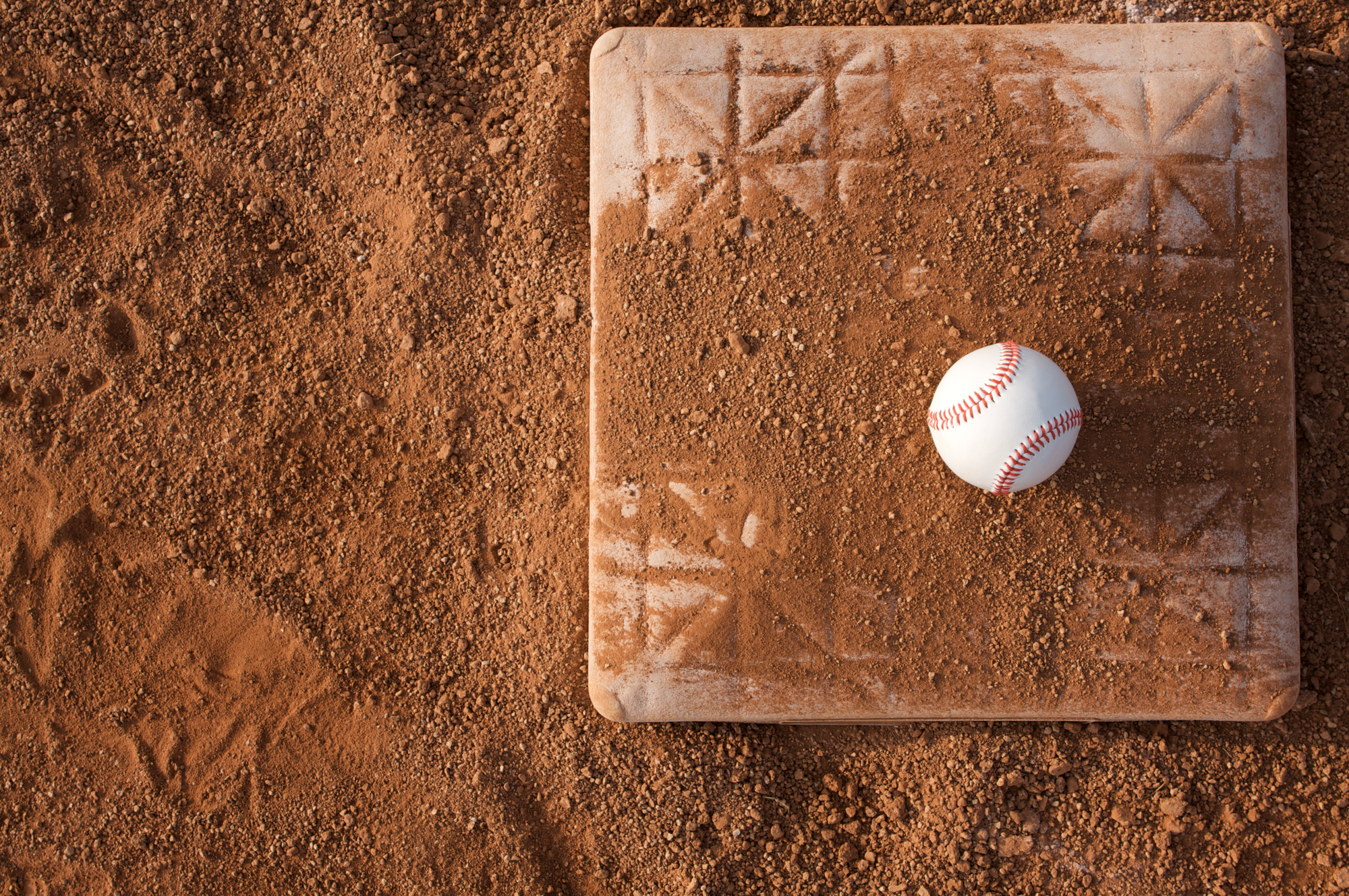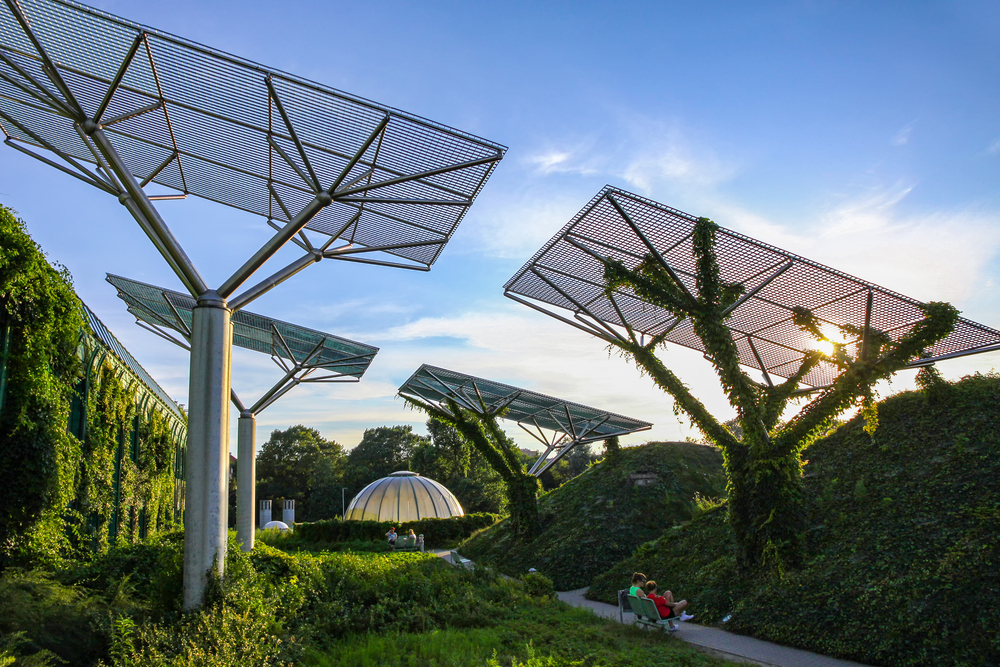There are no borders for anything: even football under water is possible. – Andrii Iurlov
Andrii Iurlov is a young – but really successful for his age – Ukrainian photographer. Photography has been his passion since primary school. Due to unfortunate circumstances, Yuri had to set his camera aside for a few years. But then his love of photography prevailed, and now it’s his profession. At the moment he is a member of both the International Sport Press Association and the Czech Federation of Art Photography. Yuri has worked with Depositphotos since 2011, and is already a Bronze-level image distributor. He is also well known as yuran78. At the moment his portfolio includes more than seven thousand photographs, and he keeps refreshing it all the time. In this interview Yuri talks about his work, his dreams and gives a little advice, which will be useful not only for photographers, but for everyone who feels even a bit creative.
Football goalman on the stadium field © Depositphotos | Andrii IURLOV
Q: How did you start as a photographer?
A: I started taking photos as a child. My father gave me a Zenit ET camera when I was in the first grade. At that time I learned how to visualize film and print black & white photos. I started to work in digital photography in 2005.
Q: Do you have any favorite locations, objects or time for shooting?
A: Nothing concrete. I love traveling around the world and taking pictures, and making deals with new models in different countries.
Q: Why did you choose microstock as an option to sell your photographs?
A: Microstock is a handy way to sell photographs for a few reasons: the ease of online downloading, big sales due to low prices, the appearance of your works in different countries/magazines/ads, etc.
Q: Describe your work process:
What equipment do you use for shoots?
A: I have two systems: Nikon & Canon, and appropriate lenses for each. Nikon D2x and Canon 5D Mark II. Studio lights: flash for 600W and two flashes for 300W, a 600W generator light for outdoor shoots and appropriate soft boxes, Beauty Dish, honeycomb grid, etc.
Do you have a photo studio?
A: I have a studio. The most important aspects of it are space and the quality of light. My studio is not really big, but it gives me an opportunity to shoot the material that I’m going to use for microstocks in the future.
Do you have any assistants? How many people are there in your team?
A: My only assistant is my wife.
Do you have a schedule? How much time per day on average you dedicate to photography? Which tools for processing images do you prefer to use?
A: Photography is my main job, so I spend all my time on it. A photo shoot can last only a certain period of time, but editing can be so exciting that I can spend the whole night at my PC. I use a RAW converter for photo converting and Photoshop for photo editing.
Do you observe any particular rituals in your work, or you are in a state of constant improvisation?
A: I don’t have any rituals; instead I have a clear and logical working plan. A scenario is required for photo shoots, but while editing pictures I let myself experiment and sometimes get a better result than I expected.
Is photography for you a hobby or a profession?
A: Photography became a profession for me a long time ago. Besides microstocks, I work in creative direction: I take part in international exhibitions and salons. In the last three years I received 63 international awards from contests on five continents. Trust me, it’s a very good and progressive result, because you works are rated by a huge jury from different countries, which consists of authoritative photographers from all over the world.
Q: What are your predictions about microstock photography industry for the next five years? What would you change in the microstock business, if you could?
A: It’s not a secret for anyone that the microstock business emphasizes the quality of your work first, and only then, the quantity. I would change only one thing – that the photobanks would keep their promises to the image distributors. Usually microstocks reserve the right to change the rules in their contracts with distributors. For example, they can lower the percentage of royalties for authors; or cancel the referral program after a certain time. All this at a time when the author is waiting for stability, and is counting on something – and then he loses it all in a moment. Of course, such situations make people work harder to keep their work at the same level. But if a person works harder, why can’t he earn more?
Q: At the moment, the best-selling photographs are related to business, sports, romance and family topics. What is going to change? What will be the next trends in the microstock industry?
A: Trends that show our lifestyle as successful, happy and healthy will always be popular. These trends will always be on the top, but only time will show how they will be presented.
Q: What would you never place in your portfolio?
A: Any kind of photo that contradicts humanity and morality.
Q: Which of your photographs is your favorite? Can you describe what it looks like?
A: This is one of my favorites:
Water drops around football player under water on blue backgroun © Depositphotos | Andrii IURLOV
This photo successfully demonstrates that there are no borders for anything (speaking philosophically); even football under water is possible. If a photo turns out well, both creatively and commercially, it bodes well for your work.
Q: What is an “ideal” photo for you? Where would you like to see it?
A: If I knew what my “ideal” photograph looked like, I’d have already taken it. And after that I would have lost a motive to keep proceeding. But I want to see my works become better. I’d love to work with famous sportsmen in any kind of project. The most important thing is that my works would become world-famous.
Q: List 5 thing you would wish for any photographer, and 5 things you wouldn’t ever wish for any photographer.
A: First I’ll speak about what I would never wish: copying the works of others; being lazy; becoming discouraged in the face of failure.
What I would wish: not being afraid to experiment; extend the limits of your outlook; evolve constantly; learn from your mistakes; work more and gain experience.
Motions train in underwater ocean life © Depositphotos | Andrii IURLOV
Venezia – travel romantic pleace © Depositphotos | Andrii IURLOV
